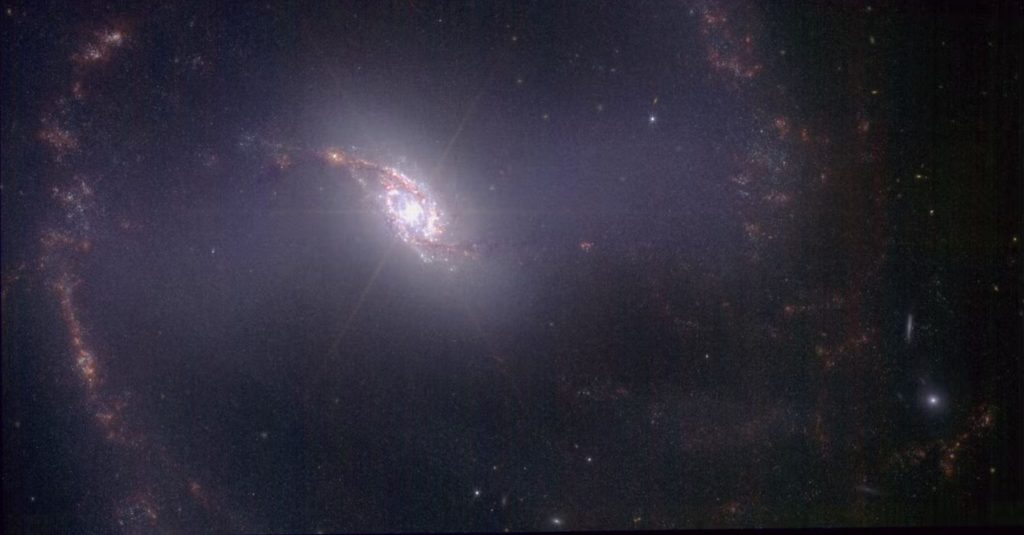New findings challenge our understanding of universe structure formation.

Early discoveries from the James Webb Space Telescope led astrophysicists to question our understanding of how the structure of the universe formed. James Webb has revealed galaxy anomalies, hinting at unforeseen mass. What does it mean? These observations suggest that early galaxies were so massive that they seem to contradict accepted cosmological theories. However, recent research from the Cosmic Dawn Center introduces a new perspective, potentially increasing the magnitude of these galaxies.
James Webb Unveils Galaxy Anomalies
Since the release of the first images from the James Webb Space Telescope, it’s become apparent that the earliest observed galaxies are alarmingly large. As weeks unfolded, more distant and disturbingly massive galaxies were reported, creating tension within the established ΛCDM model of universal structure and evolution.
Galactic Mass – A Subject of Debate
While the ΛCDM model isn’t an immutable truth, we should pause before announcing a paradigm shift. There are several possible explanations – we may be underestimating the galaxies’ age, overestimating their stellar masses, or have coincidentally discovered the most massive galaxies of that time.
Zooming In on Galactic Mass
Clara Giménez Arteaga, a Ph.D. student at the Cosmic Dawn Center, introduces a different perspective that might increase the tension. Traditional estimates of galactic stellar mass involve measuring the galaxy’s light output and determining the number of stars required to produce it. However, Arteaga’s study of five galaxies observed by James Webb paints a different picture.
A Pixel-by-Pixel Examination
Instead of observing the galaxies as a single entity, Arteaga examined the galaxies pixel-by-pixel. “You might expect the same results – calculating the total stellar mass from all pixels versus summing individual stellar masses. But they’re not the same,” she explains. Her technique indicated that stellar masses could be up to ten times larger.
Bright Stars vs. Faint Stars
So, why the significant difference? Arteaga explains, “If we look at the combined light, the bright stars overshadow the faint ones, rendering them invisible. Our analysis shows that bright, star-forming clumps may dominate the total light, but the bulk of the mass is found in smaller stars.”
Resolving Galactic Masses
Stellar mass significantly characterizes galaxies. The recent findings emphasize the need to resolve galaxies better. Unfortunately, this isn’t always feasible for the most distant and dim galaxies. The effect has been studied before but only at later epochs.
Seeking ‘True’ Stellar Mass Signatures
The next research step aims to identify signatures that don’t require high resolution but correlate with the “true” stellar mass. Arteaga concludes, “If we can determine how common and severe the effect is at earlier epochs and quantify it, we’ll get closer to inferring robust stellar masses of distant galaxies – a main challenge in studying early universe galaxies.”






